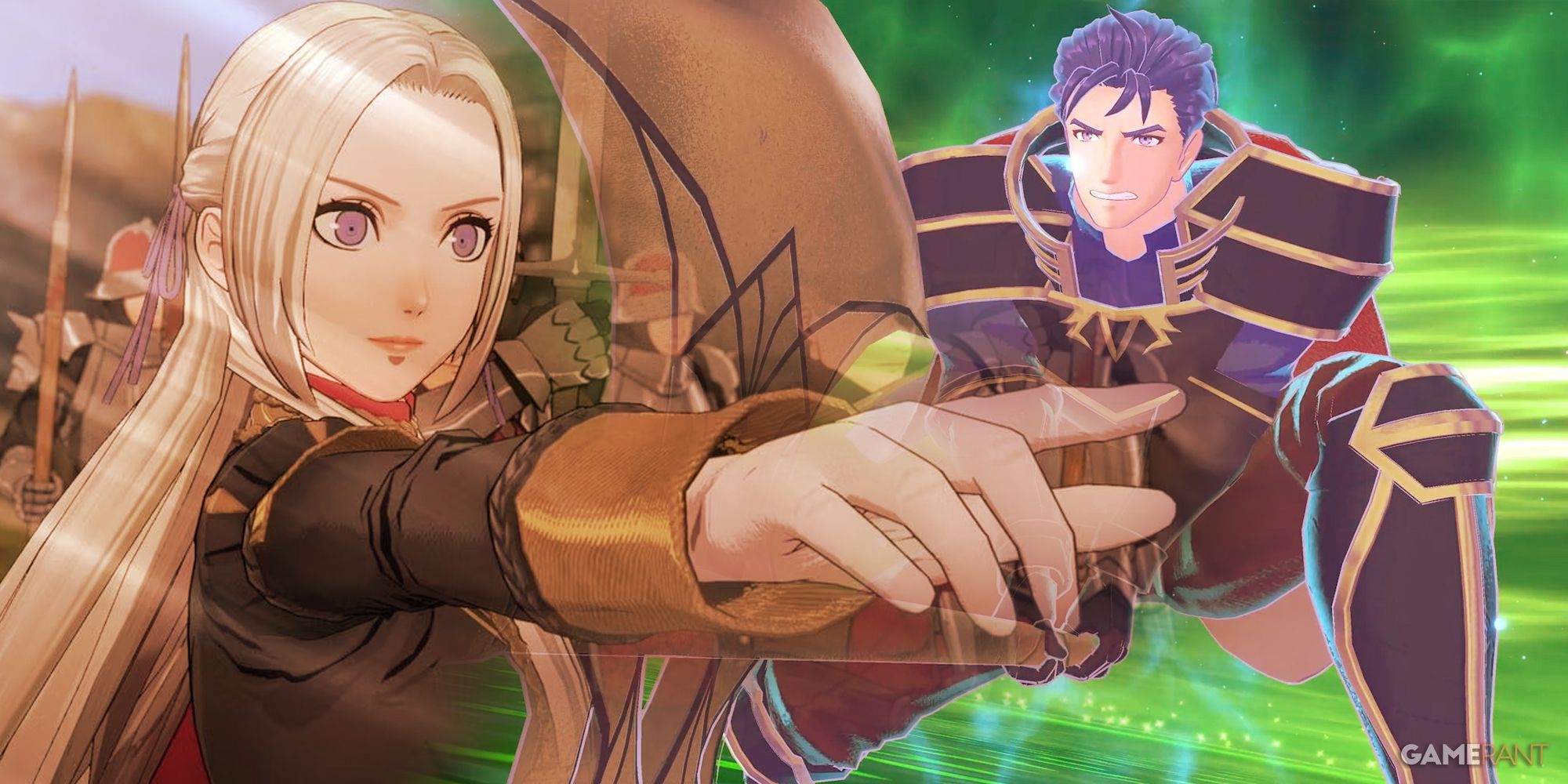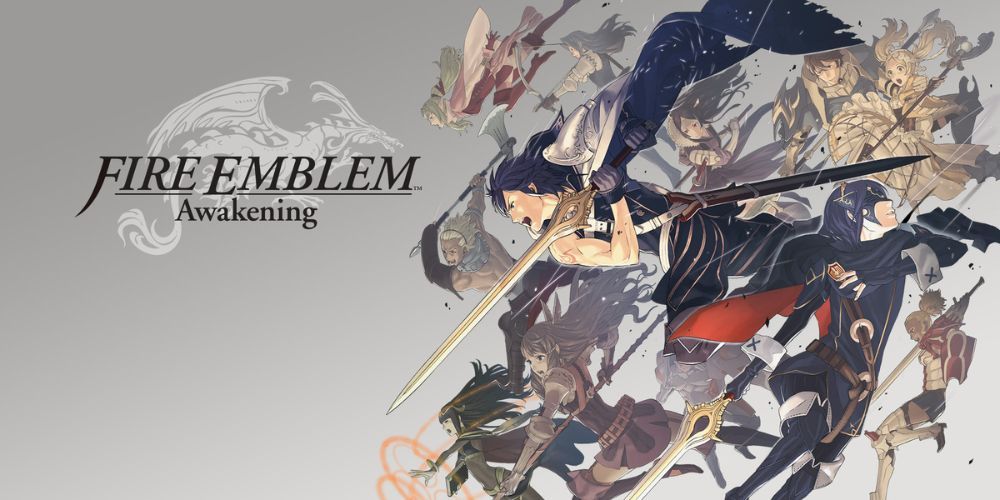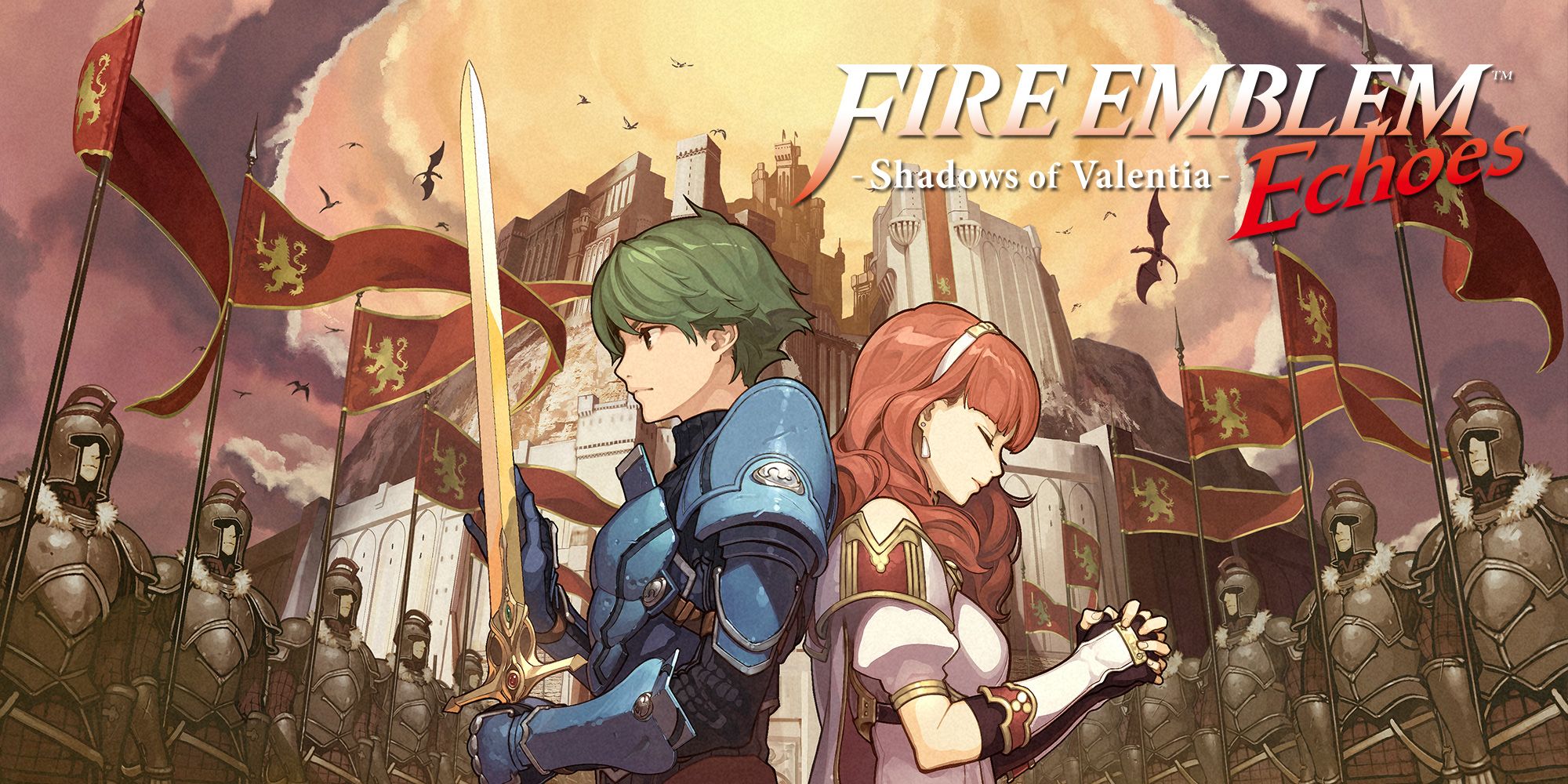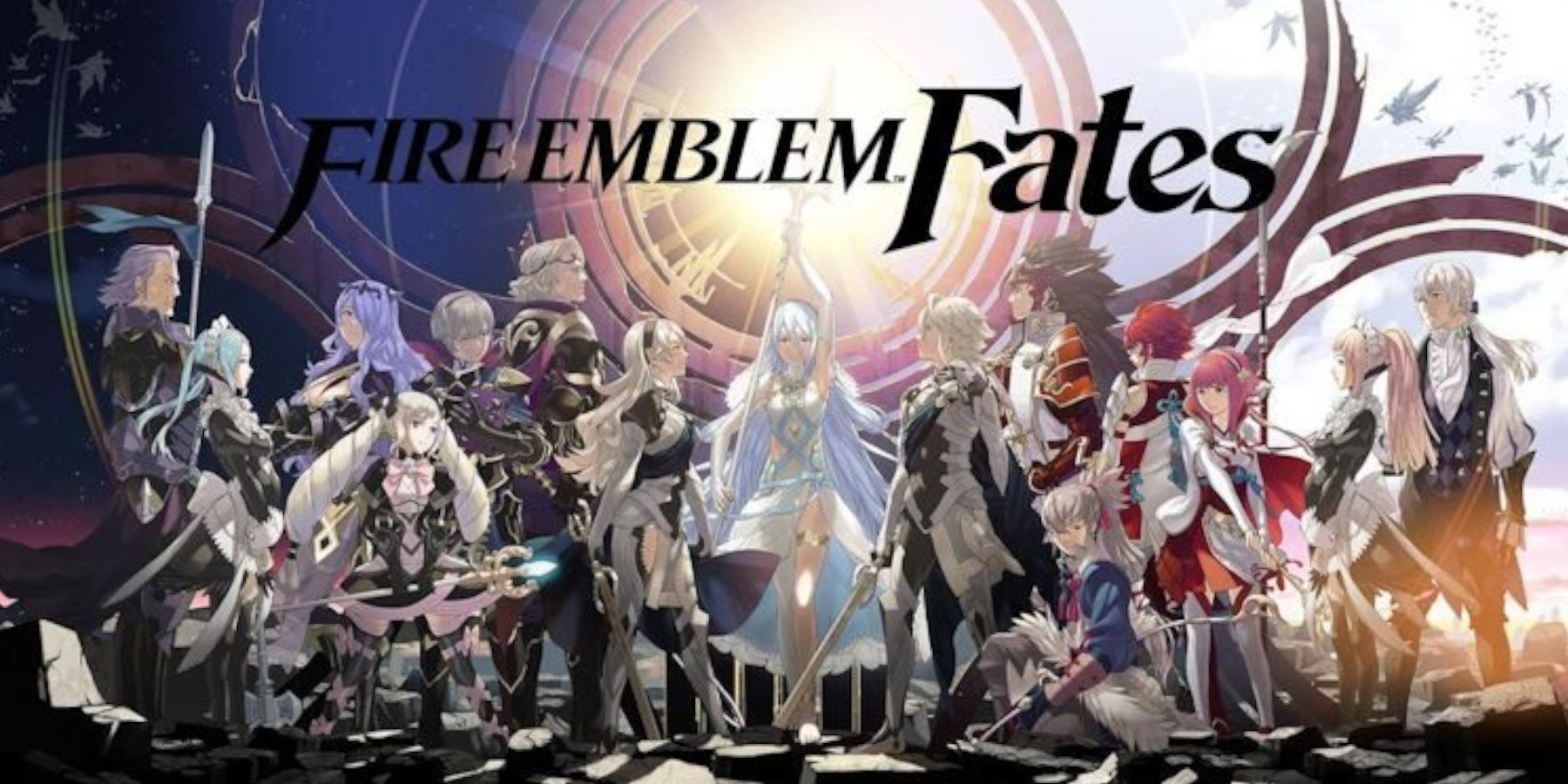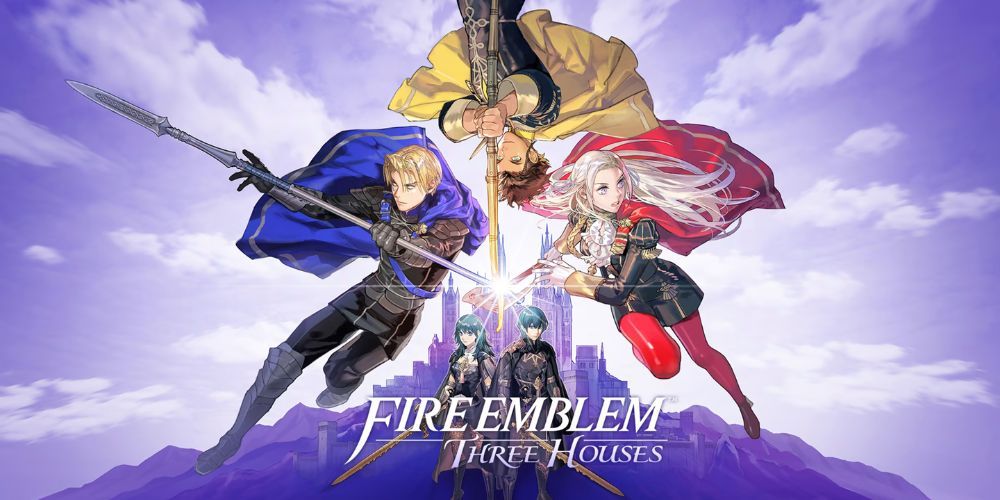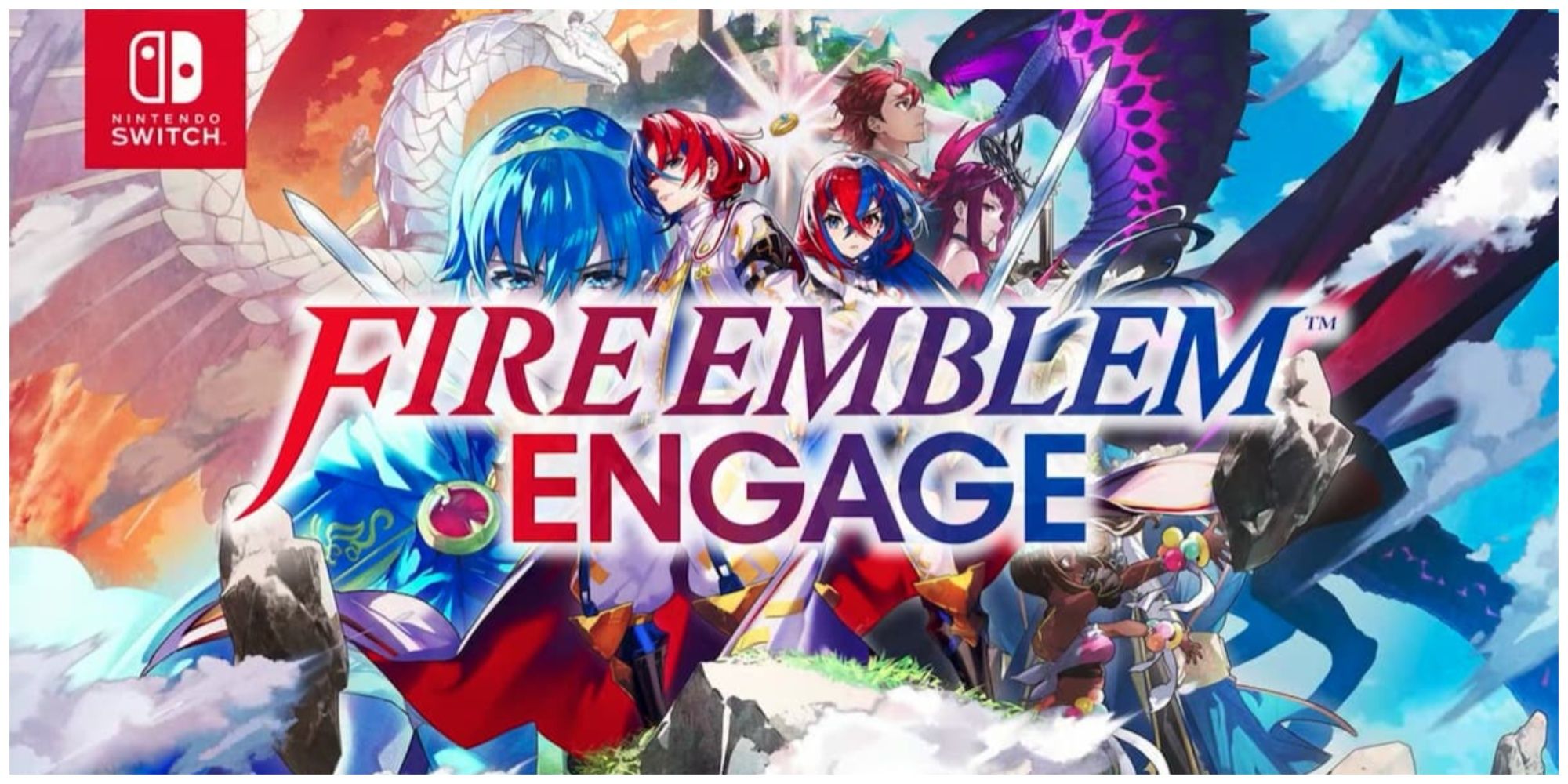Highlights
- Awakening set the standard for Fire Emblem DLC with unique Einherjar cards, but lacked character integration beyond the main cast.
- Echoes introduced four new units from Cipher with support conversations, enhancing their incorporation into the game's story.
- Fates offered the most content with two additional games, allowing for unique pairings and diverse support conversations among units.
The Fire Emblem series has gained rapid popularity since the 2010s, with the release of Awakening, notably the first game to heavily feature downloadable content since its release, with every mainline game afterward following suit. This ranking aims to place these games by content, with a focus on the quality of each DLC in terms of its character integration.
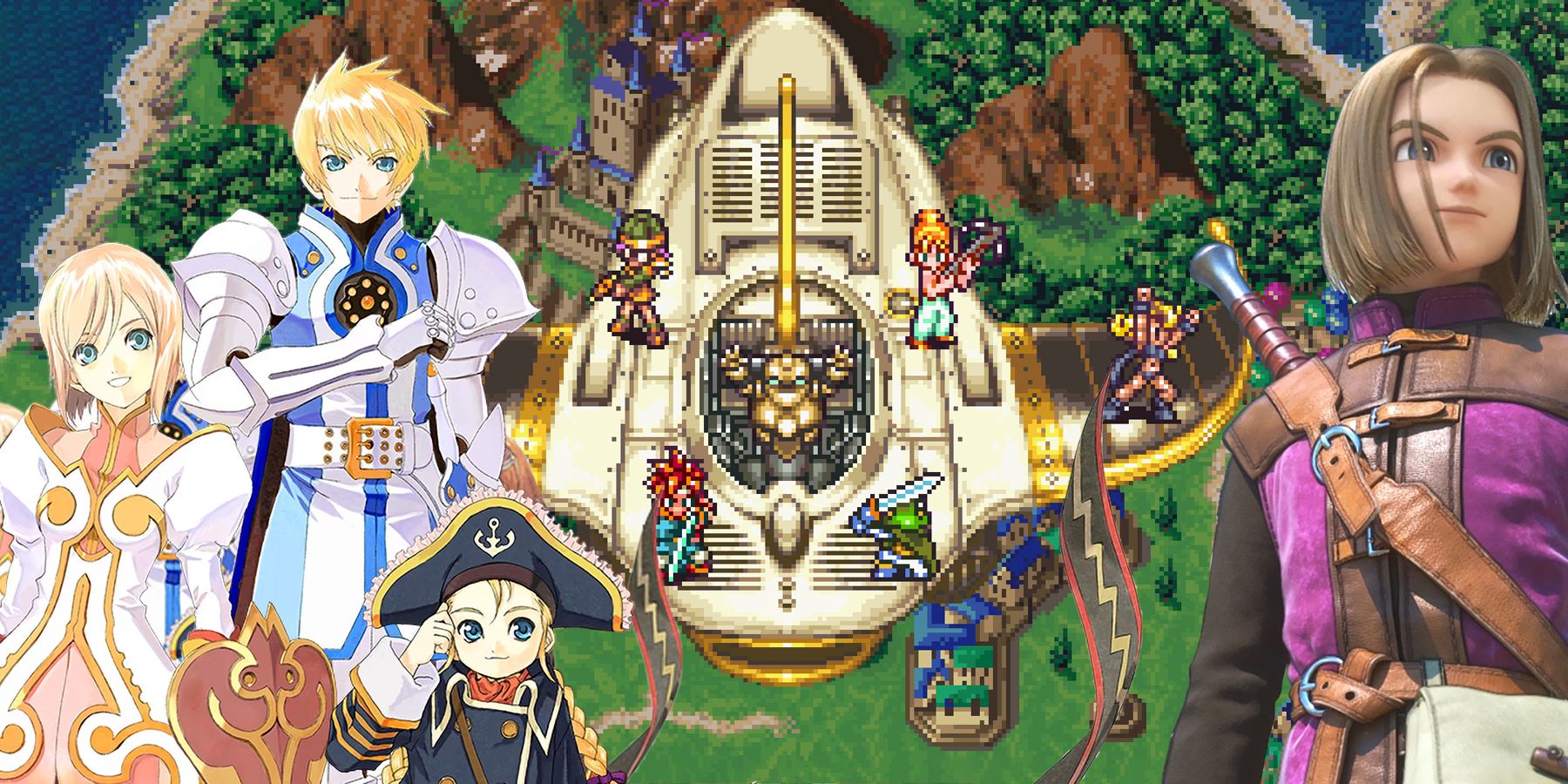
15 JRPGs Perfect For Newcomers To The Genre
The JRPG genre is relatively newcomer friendly. But these titles stand out as the most easily accessible.
Most Fire Emblem DLCs tend to include bonus units, which the player can add to the game properly. That said, in earlier releases, these units were a bit harder to use practically. Despite typically having solid stats and skillsets, the lack of a proper support system limited their viability compared to others. This list seeks to rank DLCs by how well their characters are integrated, specifically in terms of support.
5 Fire Emblem: Awakening
Six New Units, Little To No Integration
Fire Emblem: Awakening
- Platform(s)
- 3DS
- Released
- February 4, 2013
- Developer(s)
- Intelligent Systems , Nintendo SPD
Awakening essentially debuted the blueprint for what players expect from Fire Emblem DLC in the present day. But there's one element it featured that probably won't ever expand to the levels it did then; crossovers. Through the creation of einherjar cards (essentially avatar units modeled after characters from earlier Fire Emblem games), Awakening's cast of characters can exchange words with over 100 of those from previous games. This effort has been replicated by other titles in the series as well, including Fates and Engage, as well as spin-off games like Warriors and Heroes. The difference is the depth of the plunge. Only Heroes has more characters, and those tend to interact far less directly with one another outside of the game's predetermined story.
On one map, the player teams up with the heroes of every game thus far, to take on an army led by the villains. Its sequel reverses the roles, with villains aiding the player in the defeat of the heroes. An issue here is, that because there are so many units, the game draws from previous assets rather than creating new ones, which limits the authenticity of characters who have a signature class or weapon not used in the game, as well as in the visual design department. Additionally, these characters are incapable of support. The DLC Einherjar are different compared to their counterparts. They tend to have unique classes, skills, and card art, but still no supports, among themselves or with the player.
The Spotpass DLC also allowed for the inclusion of six proper additional units, including three former antagonists (Walhart, Gangrel, and Aversa), a version of another antagonist from an alternate timeline (Yen'Fay), and Emmeryn, Chrom, and Lissa's elder sister, previously thought to have died. The final unit is Priam, a descendant of Ike from the Tellius series, who comes along with his ancestor's signature sword, Ragnell. Unfortunately, these units tend to skimp on supports, with all six only really interacting with Robin (who can also be their prospective future spouse) and Morgan (provided he/she is their child.) This trend carried over from the main game, where several units such as Anna, Flavia, and Basillio have a similarly small pool of support.
Nonetheless, Awakening still went all out with its numerous DLCs. With chapters for grinding, fanservice-filled chapters like the Scramble series, an alternative viewing of Lucina's doomed future, and even challenge chapters for hardcore players of the game, such as the final DLC map, Apotheosis.
4 Fire Emblem Echoes: Shadows of Valentia
Four New Units, Keep To Themselves
Fire Emblem Echoes: Shadows of Valentia
- Platform(s)
- Nintendo 3DS
- Released
- May 19, 2017
- Developer(s)
- Intelligent Systems
Echoes strips back the roster from Awakening and only adds four prospective new units to the player's party: Emma, Randal, Yuzu, and Shade, all from Fire Emblem Cipher, a trading card game that ran from 2015 to 2020. These units all have support conversations among themselves.
Emma and Randal, who can be saved on the first map Cipher Legends I, can support one another, as can Yuzu and Shade, who are found in Cipher Legends II. Additionally, the two units from Cipher that each unit can't support, can passively add stat bonuses to their ally, through bond supports, requiring no conversation. Echoes also adds new supports for previously playable characters, which whilst not as effectively building up the DLC units, does at least add some potential power to the player's unit.
The Echoes DLC also contains other staples from the 3DS era, most notably chapters for building up unit viability through various means including leveling up, gathering gold, and unlocking new classes.
3 Fire Emblem: Fates
Two Whole Other Games And More
Fates definitely gives players the most with its DLC. People who purchased Birthright or Conquest can buy both the other game at half-price, and Revelation, a third storyline that features the heroes of both games coming together. Technically speaking, this allows for numerous unprecedented support conversations, many including units that would otherwise not support each other at all. This comes to a head in Revelation, where all the Nohrian and Hoshidan royal siblings, otherwise enemies of circumstance, can support one another, marry, and even have children together.
Other interesting unions can come of this as well, such as Selena, (a Nohrian vassal who was formerly Severa in Awakening) marrying Tsubaki (a Hoshidan vassal who is a pegasus knight) and birthing Caeldori (a pegasus knight implied to be a reincarnation of Selena's own late mother, Cordelia.) The ensuing conversations are both beneficial to the unit and a unique bit of connective lore. That said, there are still units with little in terms of support, including Fuga, the only new playable character exclusive to Revelation, who can only support Hayato, Corrin, and their child Kana (provided he is Kana's father.)
The DLC also includes the standard grinding chapters, chapters that reward various class-changing items, prequel chapters tying the game to Awakening, and a bleak what-if tale where the second generation of Fates characters have to fight their undead parents. While Fates does add two separate games as DLC, a lot of the same assets are utilized, and with newer and older installments bundling alternate routes together into one package, this style of purchase may not be every fan's cup of tea.
2 Fire Emblem: Three Houses
Almost Every Unit Integrated Well
Three Houses was already a massive game by the series' standards. With four different paths (more than any previous diverging game in the series) in the base game, as well as several different class expansions, the final DLC release was actually quite restrained by comparison, in a way that felt ultimately beneficial to the game.
The Cindered Shadows route is a small set of chapters, set sometime after the main game's fourth chapter. These chronicle students from the other three houses discovering the Abyss and joining forces with the hidden fourth house, the Ashen Wolves. Once this story is complete, the Abyss, as well as the new characters and classes discovered, are available on any route of Three Houses.
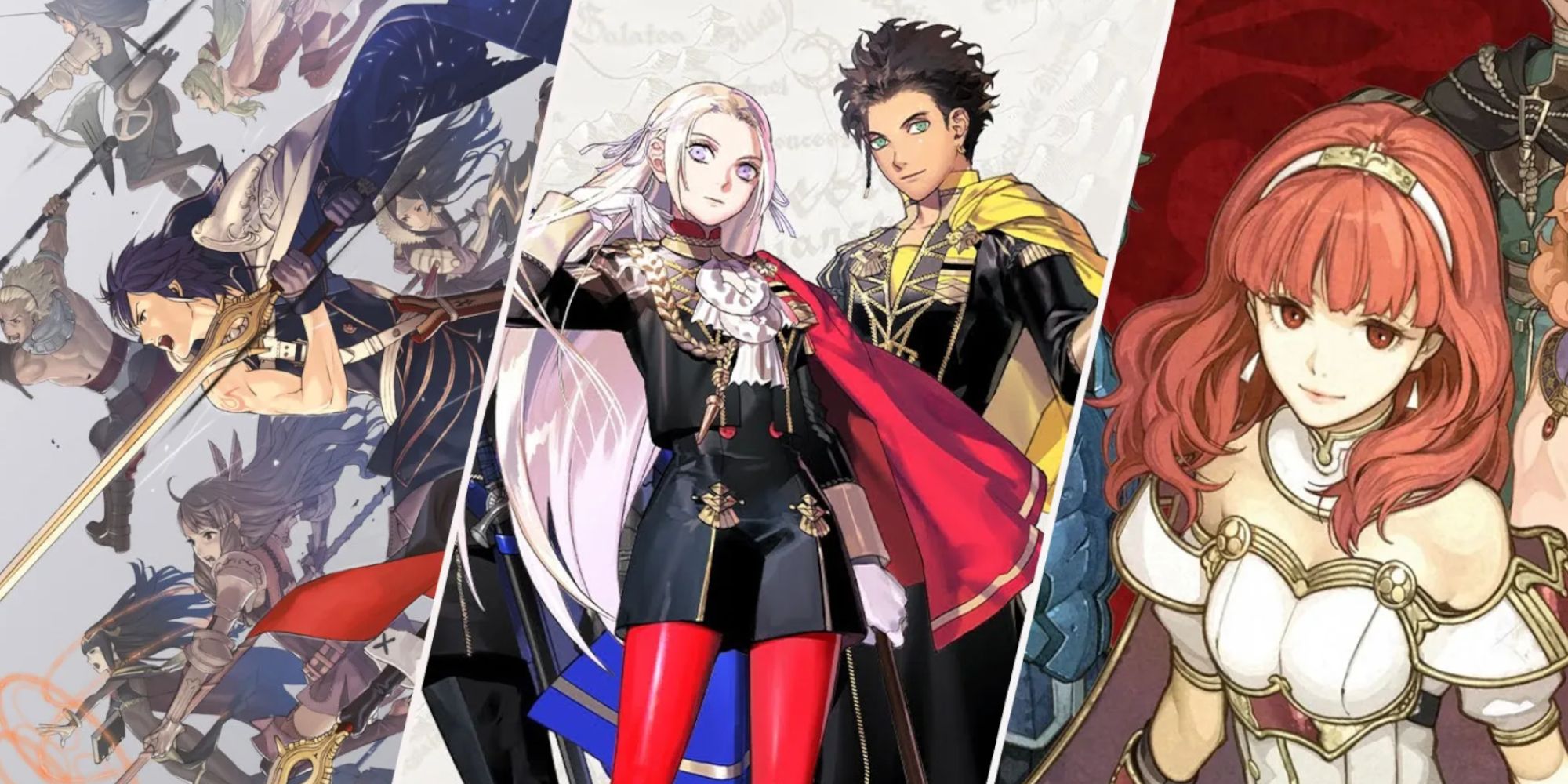
18 Best Fire Emblem Games Of All Time (According To Metacritic)
Fire Emblem is a tactical RPG franchise. Including spin-offs, here are the best Fire Emblem games of all time according to Metacritic.
Additionally, unlike Awakening and Echoes' new units, Yuri, Constance, Hapi, and Balthus all feel properly integrated into the game, with each having supports with various other units, and paralogues added to the main story whenever they join. Similarly, the other games' grinding maps are replaced instead by additional Auxillary Battles, which serve the same function of helping build up units. The rest of the content included additional quests, attire, items to help build up units, and Jeritza on the Crimson Flower route, who was made playable after an update. The only disappointing DLC outlier is Anna who is available on every route but has zero support conversations.
1 Fire Emblem: Engage
New Emblems and Allies
This game's new additions are once again fairly minimal outside of character focus. Notably, the only chapters added were paralogues, consisting of new emblem rings to pair with Alear's forces, and the six-chapter Fell Xenologue campaign, which allows the player to recruit new allies upon completion.
There are additional benefits, such as new classes and a handful of items, including the return of the price-slashing silver card in Emblem Tiki's paralogue, but most of them are focused on the Emblems and new units. The Fell Xenologue chapters focus on an alternate reality where Alear and Sombron died in battle at each other's hand, and the majority of Elyos followed. Nel, a daughter of Sombron, and one of the few remaining survivors, enlists the main game's Alear, and their allies, to assist her in ending a war between the large armies of corrupted that are swarming Elyos.
Once the campaign is complete, Nel joins the army with her brother, Rafal, and three members of the Four Winds; Zelestia, Gregory, and Madeline, all of whom are heroic counterparts to the game's Four Hounds. Overall, this game probably does the best job of integrating its bonus heroes into the main game. Every new unit has at least 5 supports, as well as unique interactions with their mainline counterparts. Additionally, DLC Emblems are implemented in roughly the same way as their counterparts, with the distinguishing factor of needing to be unlocked by completing the paralogue. Otherwise, they can bond with any unit as the regular emblems do.
While Engage may not seem as packed as previous entries, it does the best job of connecting its DLC units to the main game, adding to the element of expansion, rather than simply seeming like a fun bonus. Unfortunately, the game's lack of paired endings (aside from the player's) may limit the enjoyment of pairing units as readily.
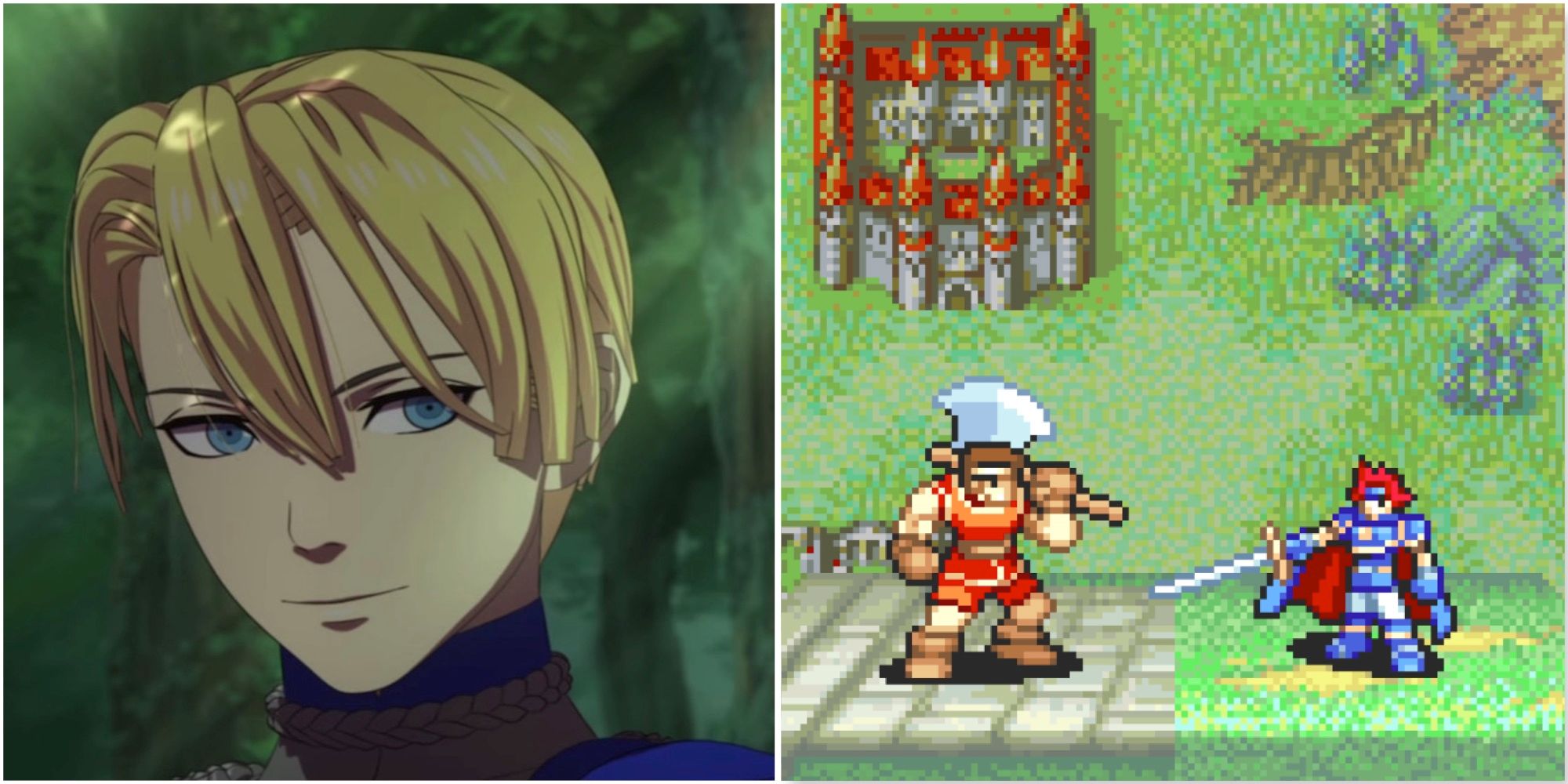
Best Fire Emblem Game On Every Nintendo Console
Here's how the popular JRPG franchise Fire Emblem has fared on each Nintendo console throughout the years.

